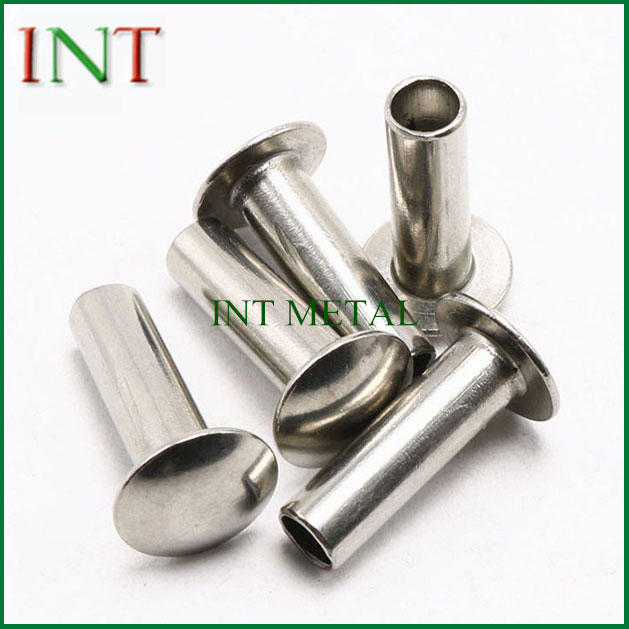Strength in Simplicity: The Advantages of Hollow Steel Rivets Over Other Fastening Methods
2024-05-10
In the vast landscape of fastening solutions, hollow steel rivets stand out as simple yet powerful components with a wide array of advantages over other methods such as screws or bolts. Let's explore why hollow steel rivets are the go-to choice for many industrial and manufacturing applications, and the unique benefits they offer compared to alternative fastening methods.
1. Superior Strength and Durability:
Hollow steel rivets are renowned for their exceptional strength and durability, making them ideal for joining materials in demanding applications. Unlike screws or bolts, which rely on threaded connections that can loosen over time, rivets form permanent, tamper-resistant joints that withstand shear, tension, and vibration with ease.
2. Enhanced Structural Integrity:
When properly installed, hollow steel rivets create strong, uniform joints that distribute loads evenly across the connected components. This enhances the structural integrity of assembled structures or machinery, reducing the risk of failure and ensuring long-term performance and reliability.
3. Lightweight Construction:
One of the key advantages of hollow steel rivets is their lightweight construction, which reduces overall weight and material usage compared to screws or bolts. This is especially beneficial in aerospace, automotive, and other weight-sensitive applications where minimizing mass is critical for efficiency and performance.
4. Resistance to Corrosion:
Hollow steel rivets are typically made from corrosion-resistant steel alloys, which provide excellent protection against rust and degradation in harsh environments. This makes them ideal for use in outdoor or marine applications where exposure to moisture, chemicals, or extreme temperatures may compromise the integrity of traditional fasteners.
5. Streamlined Installation Process:
Installing hollow steel rivets is a straightforward process that requires minimal tools and equipment. Unlike screws or bolts, which often require drilling, tapping, or threading, rivets can be installed quickly and easily using a rivet gun or pneumatic tool, reducing labor costs and assembly time.
6. Aesthetic Appeal:
Hollow steel rivets offer a clean, finished appearance that enhances the aesthetic appeal of assembled components or structures. With no protruding heads or visible fasteners, riveted joints provide a sleek, seamless look that adds to the overall quality and professionalism of the finished product.
7. Tamper Resistance:
Once installed, hollow steel rivets provide a tamper-resistant connection that deters unauthorized access or tampering. Unlike screws or bolts, which can be easily removed with common tools, rivets require specialized equipment or techniques to disassemble, providing added security and peace of mind in sensitive applications.
8. Cost-Effectiveness:
Despite their numerous advantages, hollow steel rivets are often more cost-effective than screws or bolts in many applications. Their simple design, ease of installation, and long-term reliability contribute to lower overall costs over the lifespan of the assembly, making them a preferred choice for manufacturers seeking to maximize value without compromising quality.
In conclusion, hollow steel rivets offer a myriad of advantages over other fastening methods such as screws or bolts, including superior strength, durability, structural integrity, corrosion resistance, lightweight construction, streamlined installation, aesthetic appeal, tamper resistance, and cost-effectiveness. By harnessing the power of rivets, manufacturers can create strong, reliable connections that stand the test of time in a wide range of industrial and manufacturing applications.



